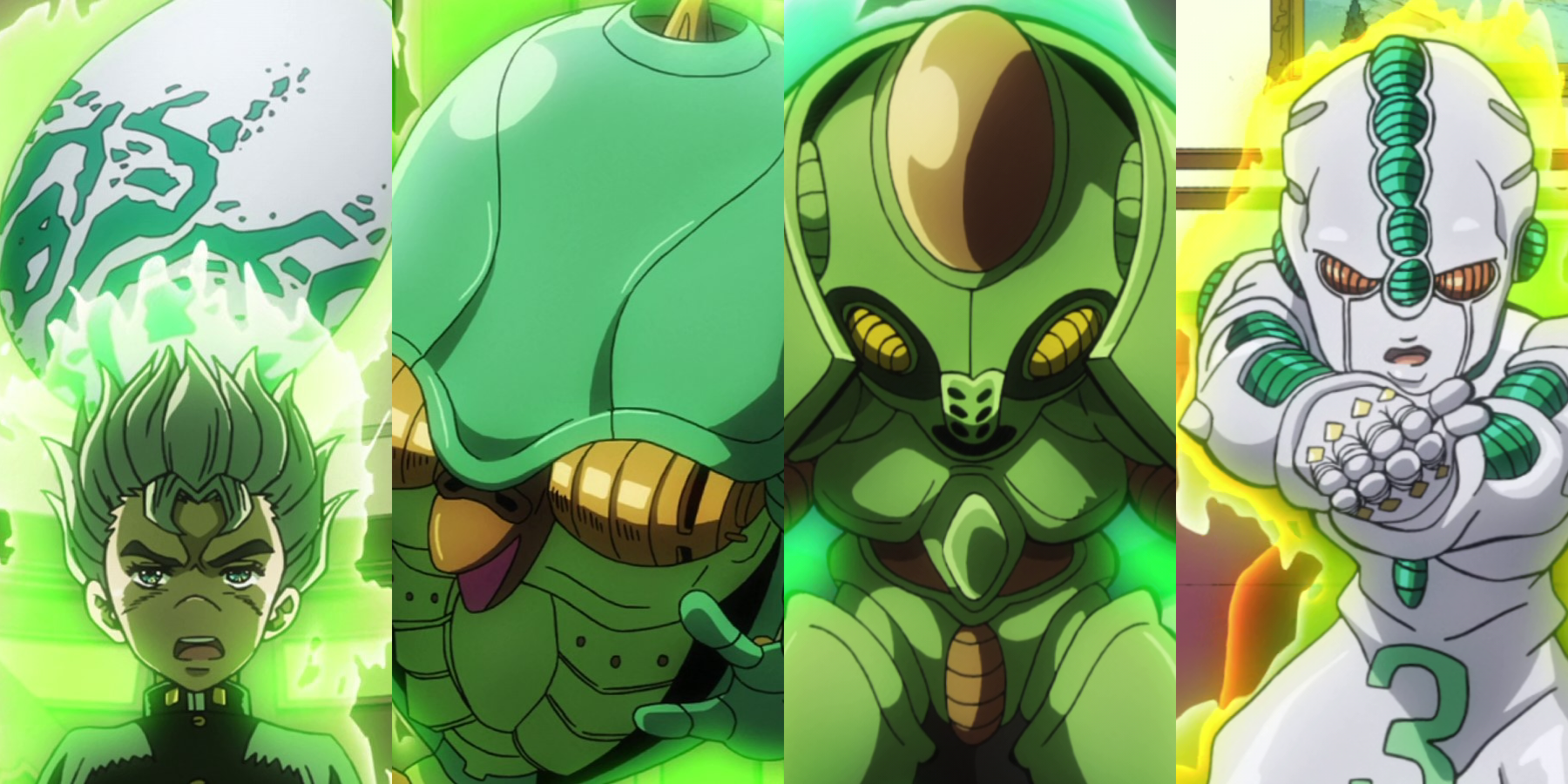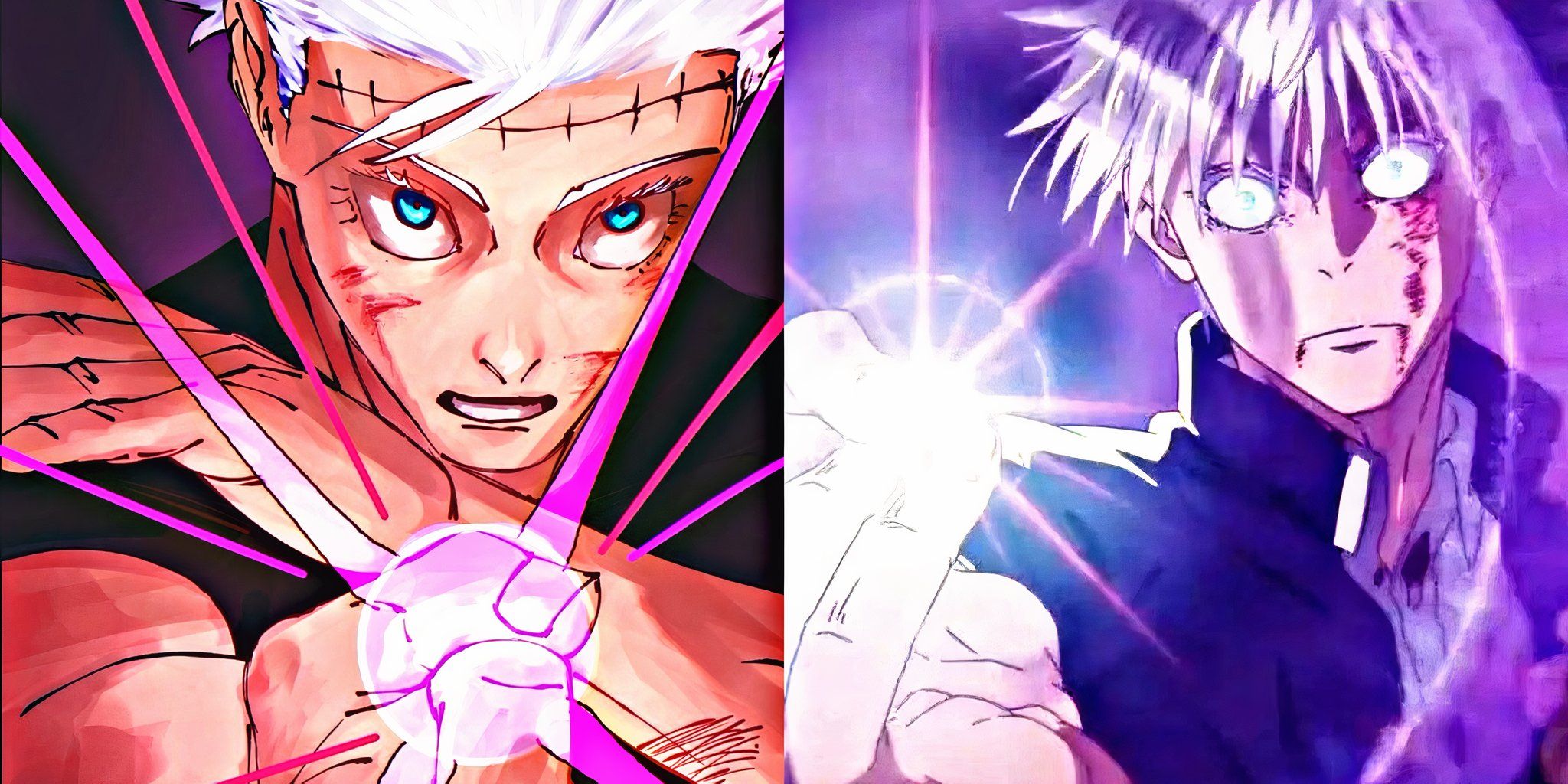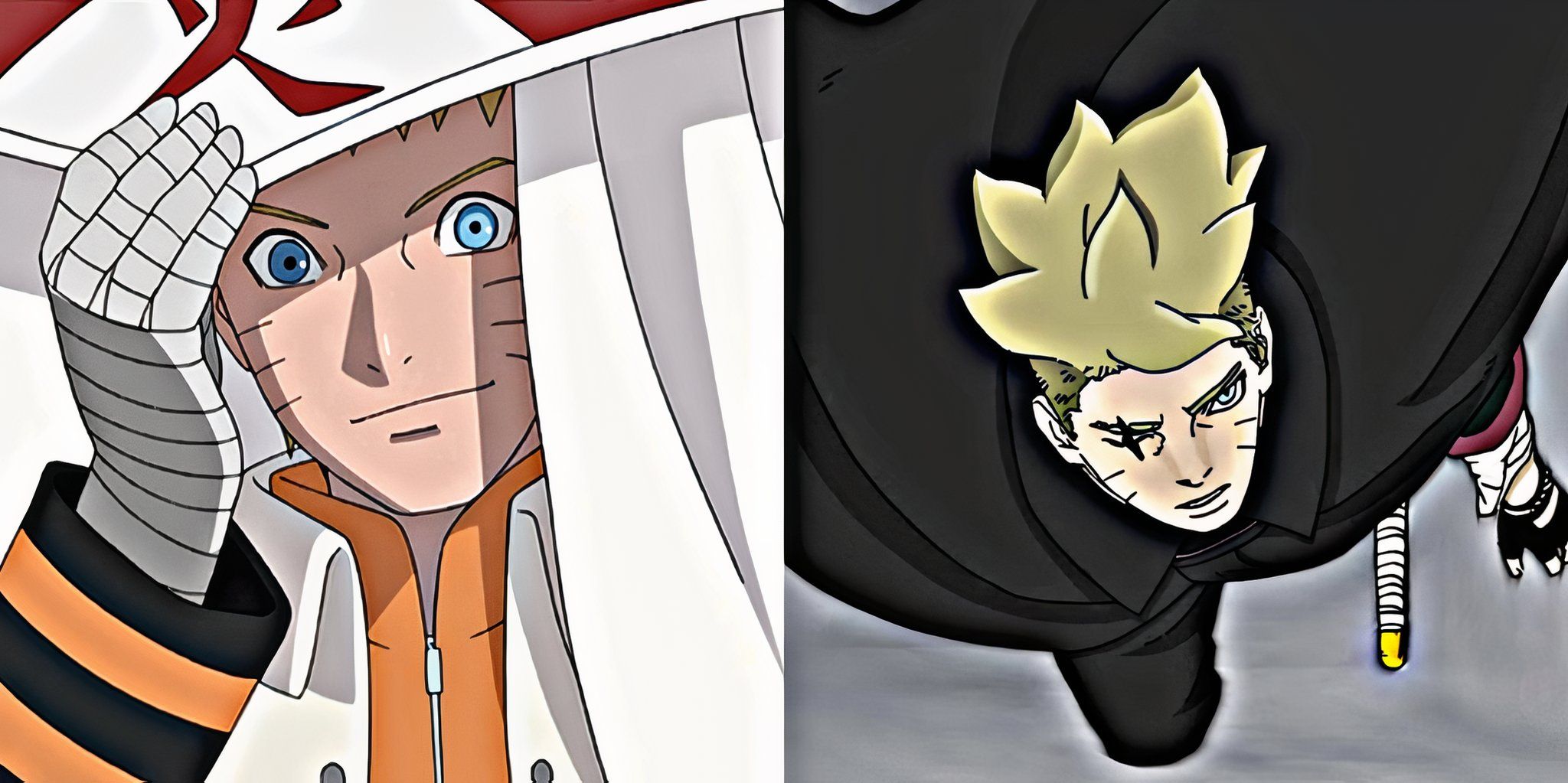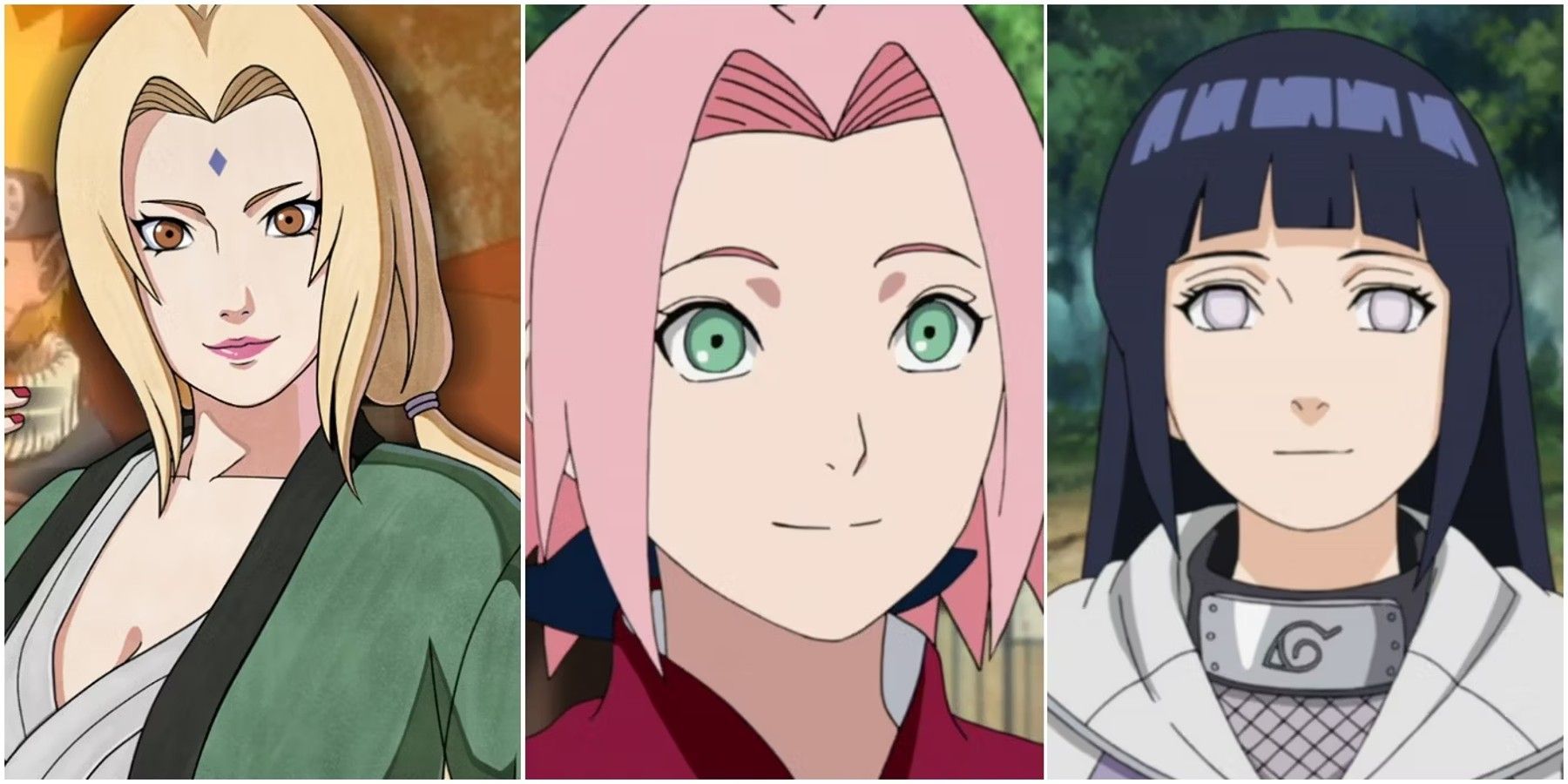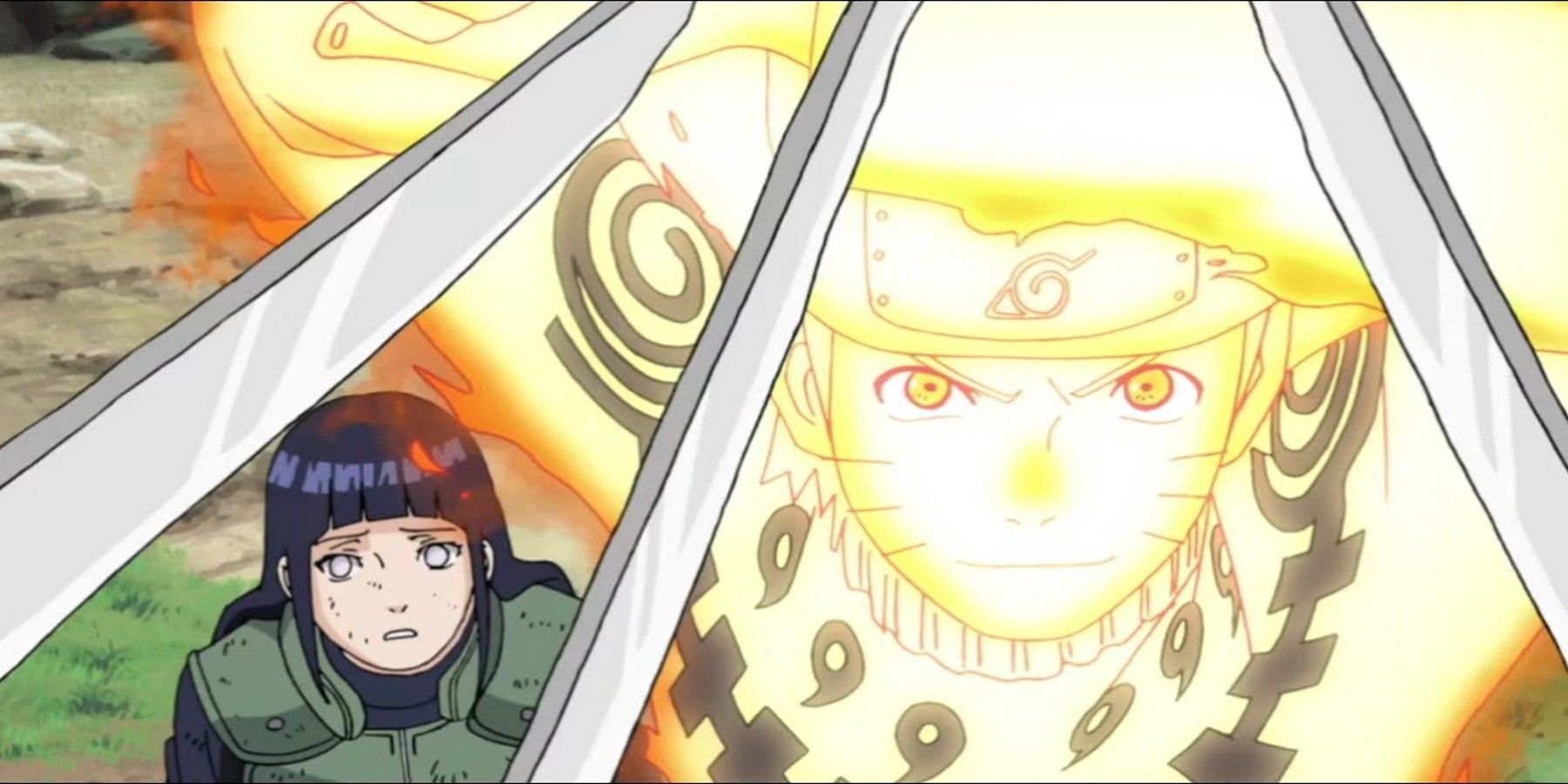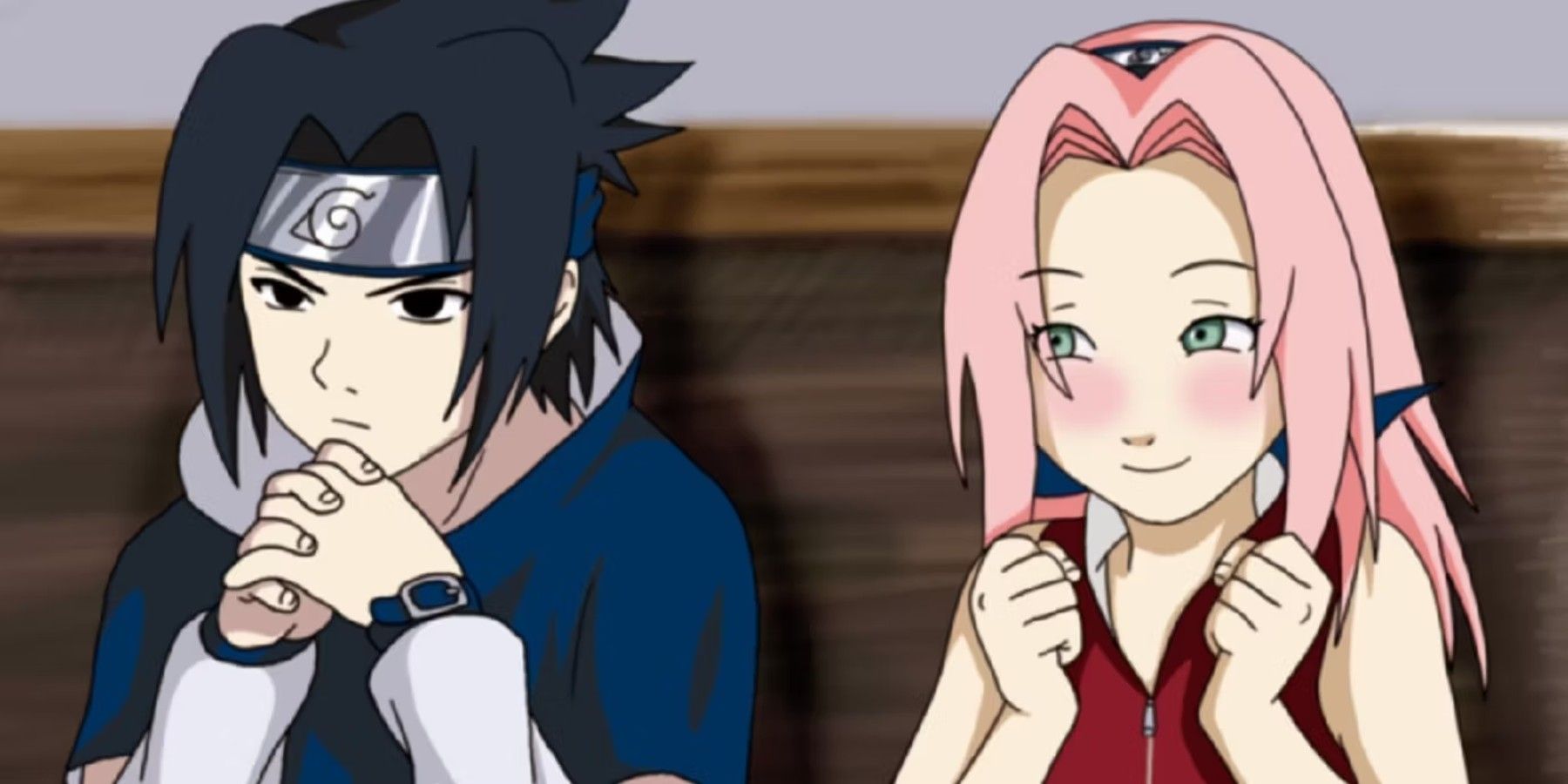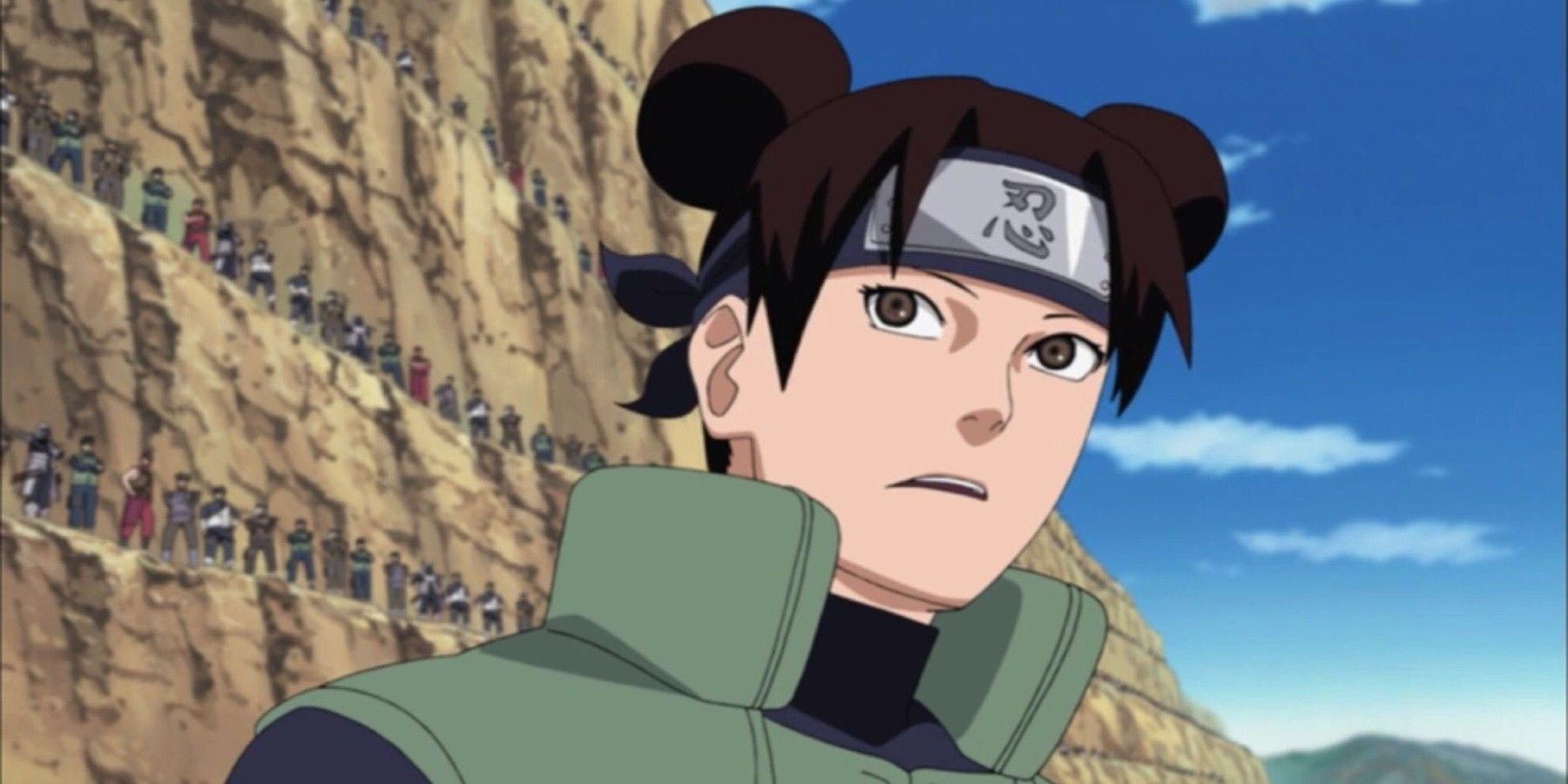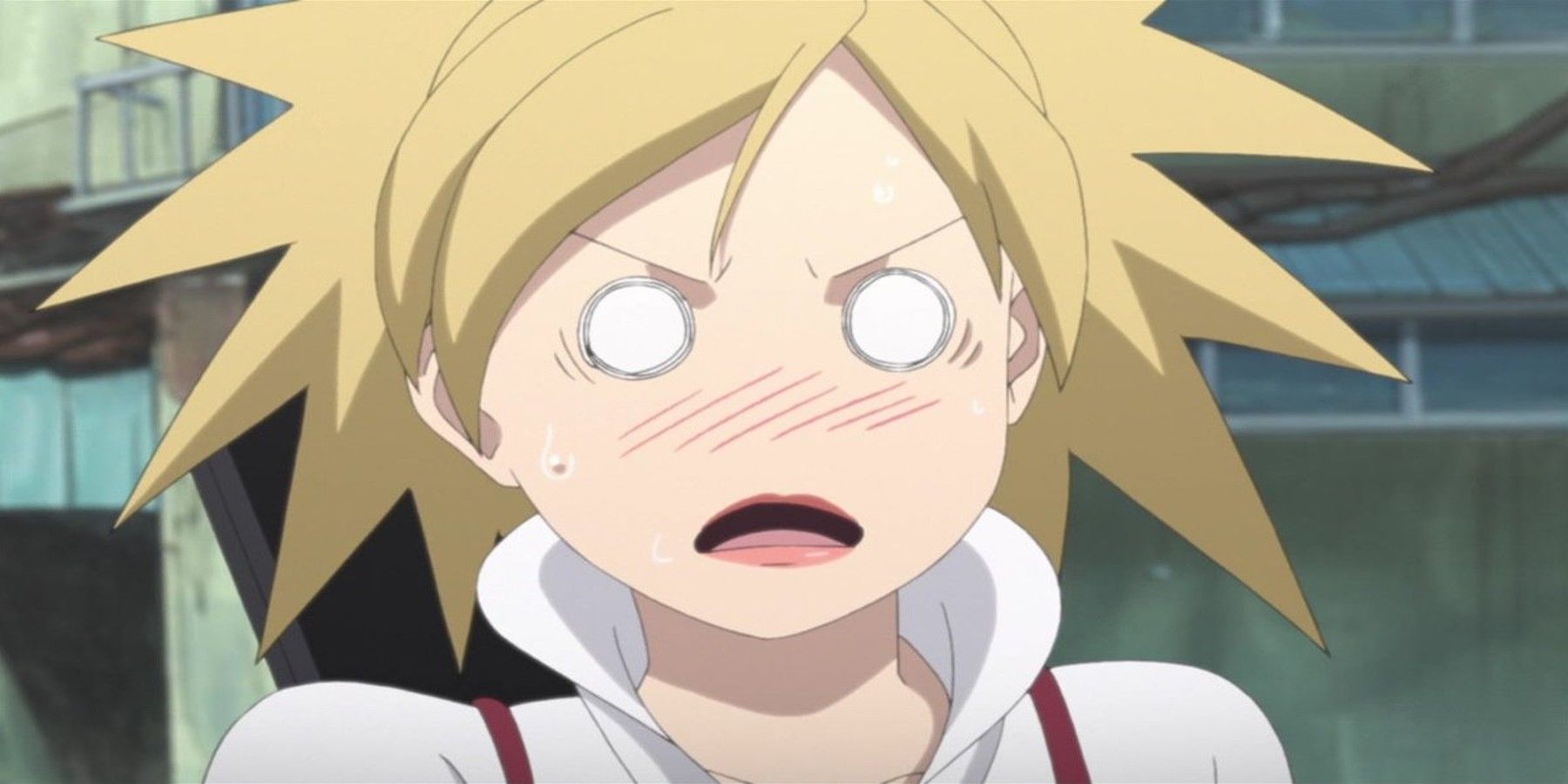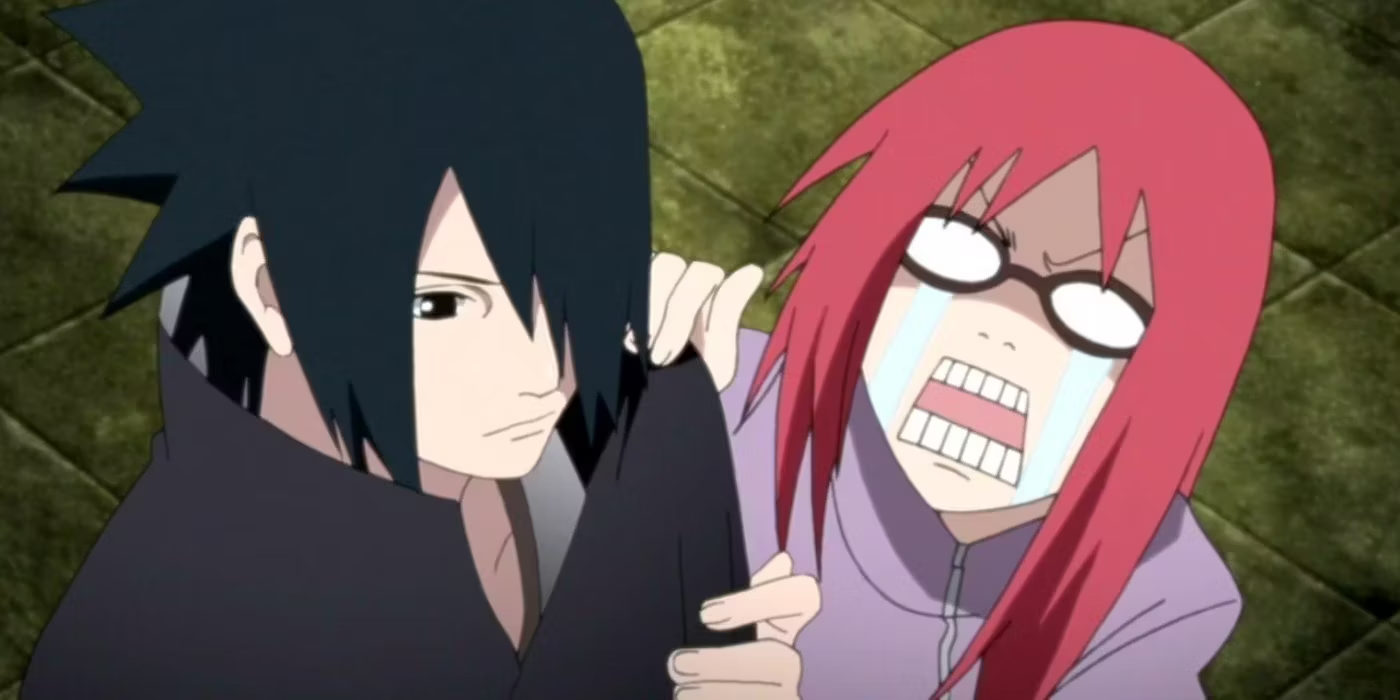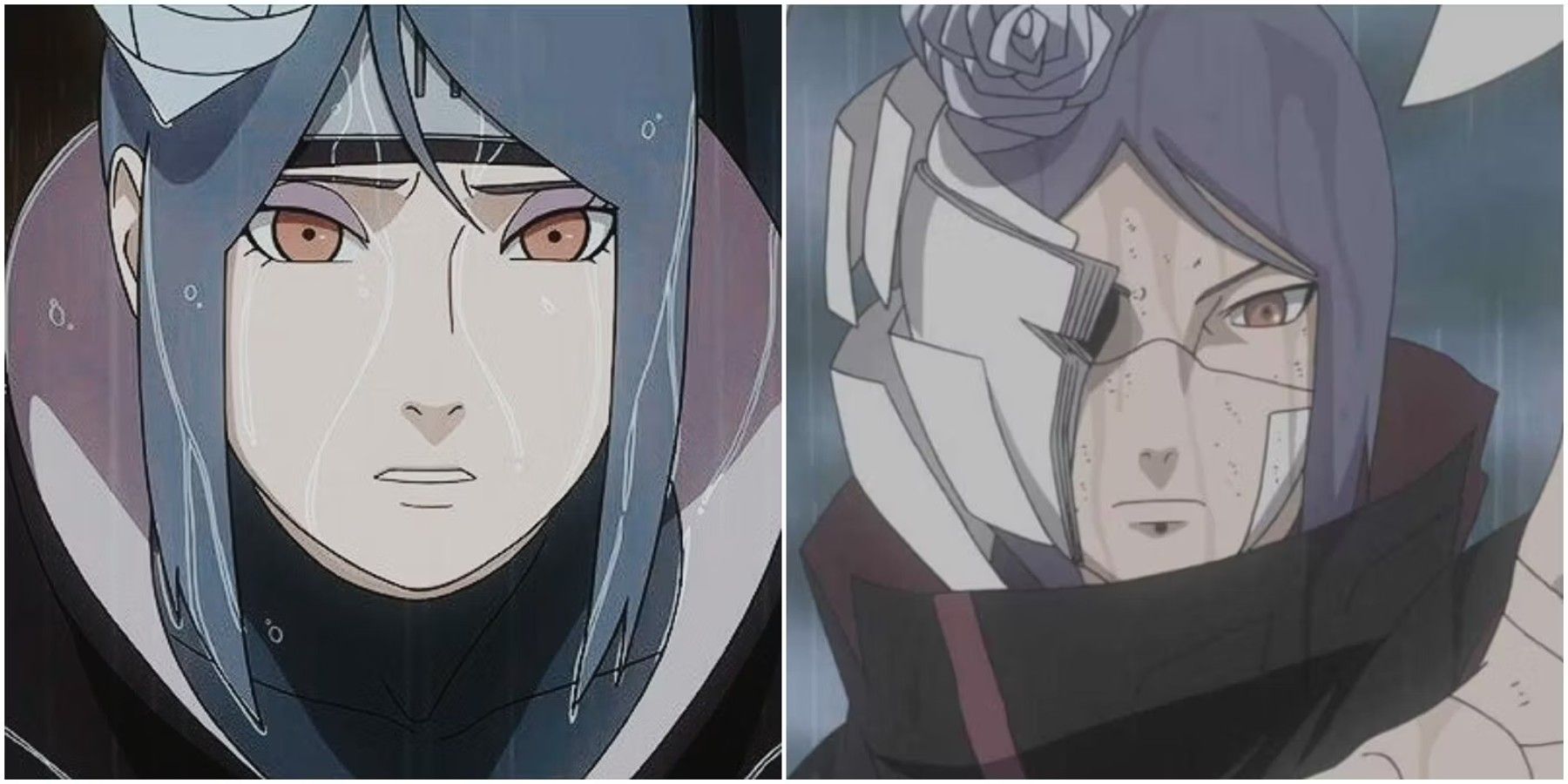It's no secret that women are often sidelined in shounen anime, either used as ancillary characters or mere comedic relief, yet the Naruto franchise takes this problematic approach to an entirely new level as almost every female character in the series seems to be under-developed and unrelatable. Even some of the more independent and well-written females were given the backseat, either through less screen time or by associating their story with another male character.
While Masashi Kishimoto, the series author, has reiterated his inability to write profound female characters on multiple occasions, it's still not enough to justify the injustices done to Naruto’s females. Being geared towards young boys, shounen anime already tend to be quite male-centric, yet it's disappointing to witness such mistreatment of female characters in one of the ‘Big 3’ anime series. The debate of what led to the character’s being sidelined is an entirely separate issue, as the focus for now lies on how such a well-written series could portray women in such a dysfunctional manner.
Dependent on Male Characters
In a time when the feminist movement was at its peak and the message of women empowerment was at the forefront of all media, Naruto portrayed a narrative that was quite literally the opposite, presenting women as nothing more than support characters for their male counterparts. This becomes all the more apparent as the series progresses, as almost every single female character is shown as the weakest among their team, with them relying mostly on their male teammates.
Konoha 12 is a prime example of this problematic portrayal, as Sakura, Hinata, Ino, and Tenten were depicted as the weakest of their respective teams, with all four primarily serving supporting roles. However, the issue goes far beyond Konoha 12, as even the Legendary Sannin weren’t spared from this blatant discrimination. Overall, Kishimoto has set a clear precedent that women will always have the weaker role in the series, serving the purpose of supporting the men in their motives.
Lack of Significant Motives
Right from the beginning of the series, almost every male character had a clear objective in mind, along with a supplementary backstory to fuel the motive, with Naruto’s goal of becoming Hokage and Sasuke’s vengeance being prime examples. Female characters, on the other hand, received no such profound backstory, with some even basing their entire personalities around their affection for other men.
Sakura and Ino wanted to become stronger simply to impress Sasuke, while Hinata, despite going through a harsh childhood, still remained focused on one thing – her childhood crush, Naruto. Even Tsunade’s motives are driven by her lost relationships, her brother Nawaki and her lover Dan Kato. Even her reasoning for taking up the position of Hokage was fueled by the desire to fulfill Dan’s wish of becoming Hokage
Limited Screen Time
With an overabundance of characters, it can be tricky to dedicate enough screen time to each one for ample growth and progression. Yet even in this regard, women get the short end of the stick as the series keeps the spotlight towards its male characters for the majority of its duration. Some female characters were entirely sidelined and even forgotten, while those fortunate enough to be at the forefront were only given minimal screen time.
Kurenai was one of the series most well-rounded female characters, even poised as one of the Leaf’s strongest genjutsu users. Little after her introduction, however, Kurenai was nowhere to be seen, and her role in the series remained minimal compared to the other squad leaders such as Kakashi, Asuma, and Might Guy. Tenten’s screen time was also the lowest among all of Konoha 12, with her relevancy being diminished after the Chunin exams arc. Out of the Legendary Sannin, Tsunade gets the least amount of screen time, even after Jiraiya’s untimely death during the Pain arc.
Tropes and Stereotypes
Kishimoto has heavily relied on the usage of stereotypes and tropes in terms of portraying his version of ‘relatable’ females. Sakura and Ino fit into the ‘brash and abrasive’ trope, while Hinata’s entire personality was limited to the ‘shunned and shy’ type. Unfortunately, even relatively developed female characters weren’t spared, with their personalities centered around some sort of trope.
Most of Tsunade’s screen time revolves around her breasts rather than asserting herself as the Hokage. Mei Terumi, the Fifth Mizukage, boasts a well-developed character, yet even she is prone to making jokes about being unmarried at her age. Another example is Chiyo, one of the Sand’s strongest female ninja and puppeteers, yet she’s forced into the stereotype of a crazy old lady, siphoning any sort of uniqueness from her personality. Even Temari’s personality, albeit relatively developed, easily fits into the tsundere trope, making her character somewhat predictable.
Love Interests for Male Characters
The primary role of most women in the series has been geared towards being some sort of love interest for the male characters. Sakura’s shallow infatuation of Sasuke is a prime example of how an overbearing obsession can entirely ruin a character’s personality, with Ino bearing the same distasteful fate. Hinata underwent the same mistreatment, as her crush on Naruto overwhelmed her entire personality, even negating her childhood trauma. Tenten, while never directly mentioned, also bore an inclination towards Neji, although this was never exactly explored as she received minimal screen time.
Karin Uzumaki is another glaring yet unfortunate example, as her backstory of being abused and raped in the Hidden Grass Village was drowned out by her obsession with Sasuke, even turning her into one of the series’ most hated characters. Even Tsunade lost a major chunk of her character to simply being Dan Kato’s lover, as one of her reasons for becoming Hokage was her desire to fulfill his wish. Kushina Uzumaki also had great potential, especially with her unparalleled strength and unique jutsu, yet she was confined to being a mere housewife as she had her fate tied to Minato Namikaze.
Ancillary to the Male Character’s Stories
The series’ females barely have any stories of their own, with most of them serving as pieces in another male character’s story. This is the case for most of Naruto’s relatively well-written females, as they may initially seem to have a story of their own, yet it eventually gets merged into another male character’s story. Hinata was one of the few early female characters that had a backstory worth looking into, especially as her position as the Hyuga’s shunned heiress, yet her entire story was merged with Neji’s plight as a branch member, pushing the narrative to his side.
Konan was sidelined in a similar manner, as her character eventually turned into being a mere support for Yahiko and Nagato’s plans for the shinobi world. Temari’s case is also quite similar, as her role in the series was simply to aid Gaara’s growth, leaving her own story to be completely forgotten. Even Karin’s tragic backstory of abuse and rape was turned into her infatuation over Sasuke, resulting in her losing any essence of profundity. Overall, Naruto’s females had considerable potential, yet Kishimoto’s weak portrayal of women left a glaring mark in the series’ legacy, turning characters that should have served as empowering role models into overbearing tropes and mere side-characters.

